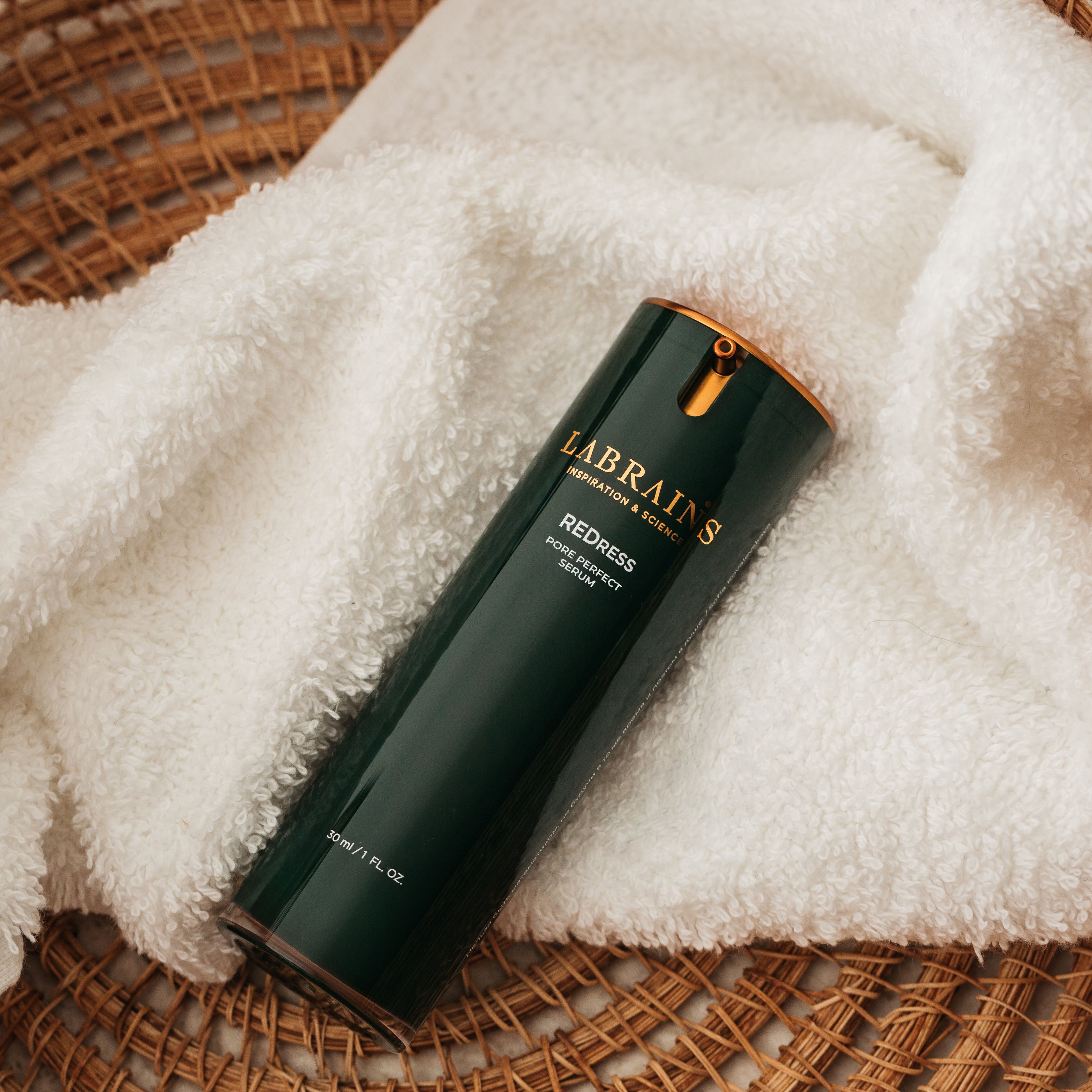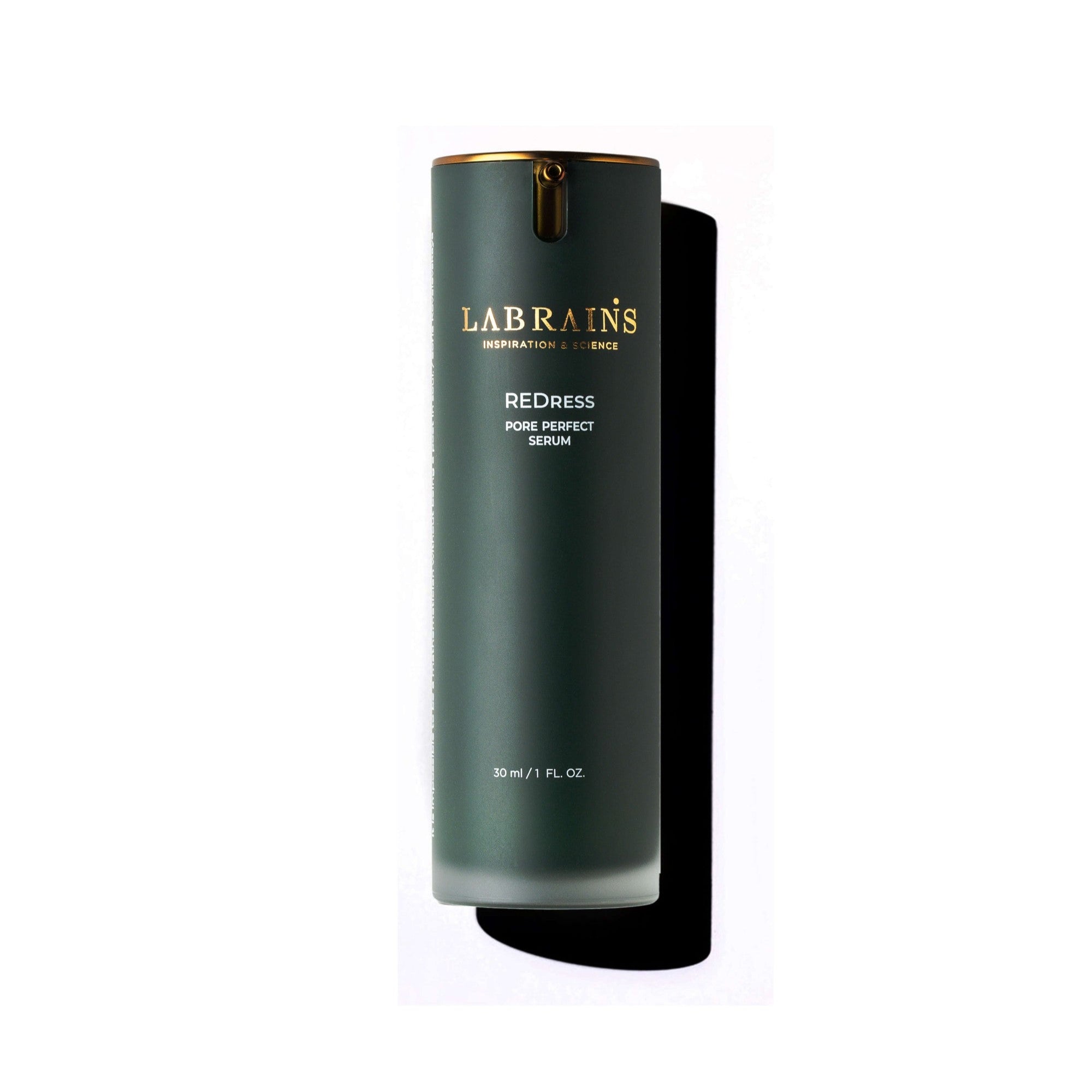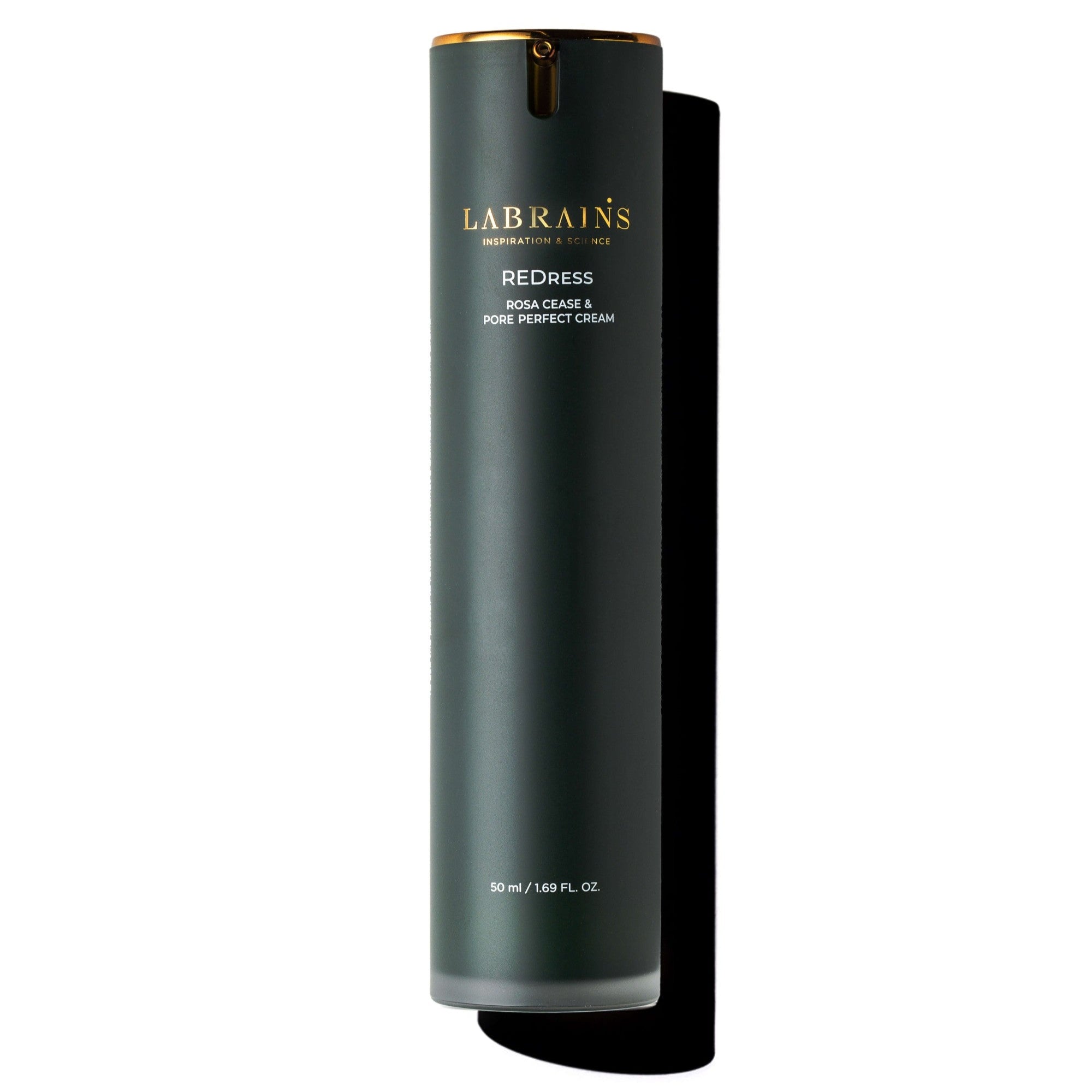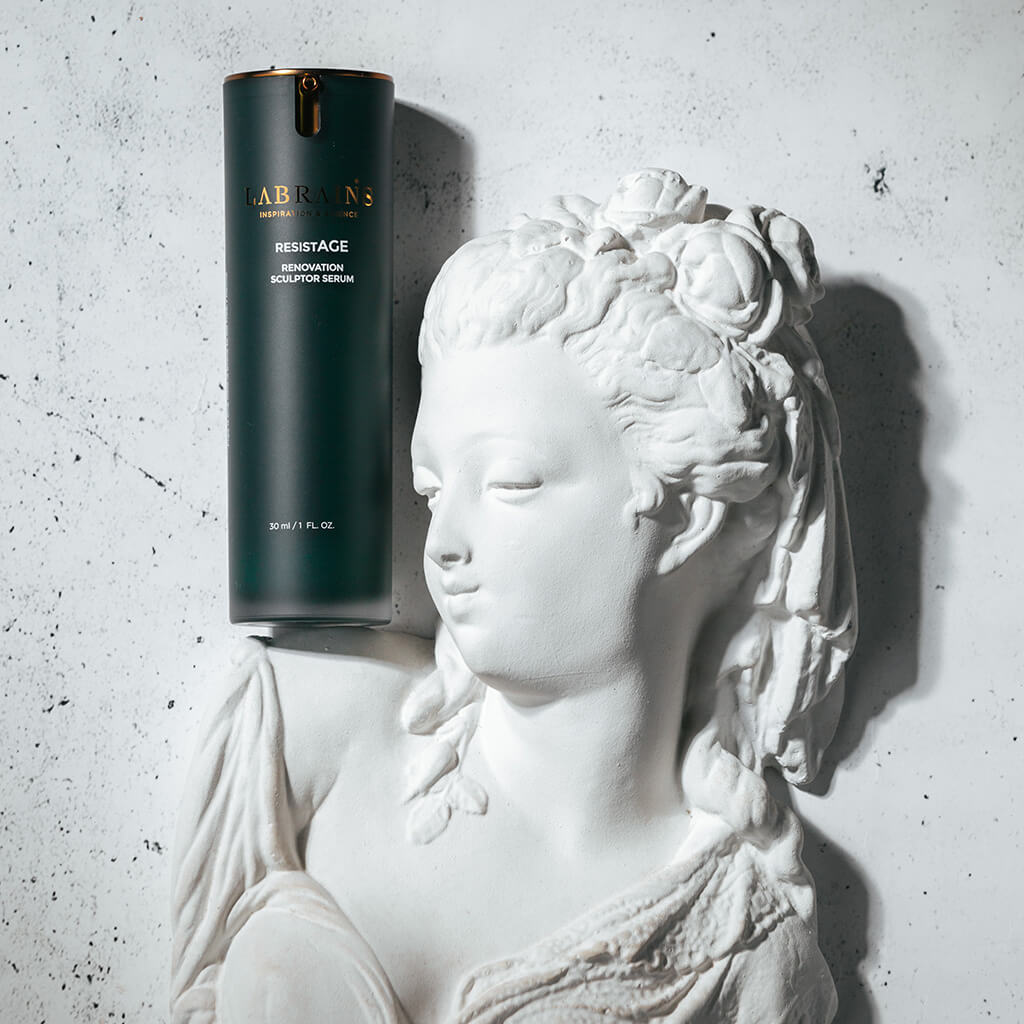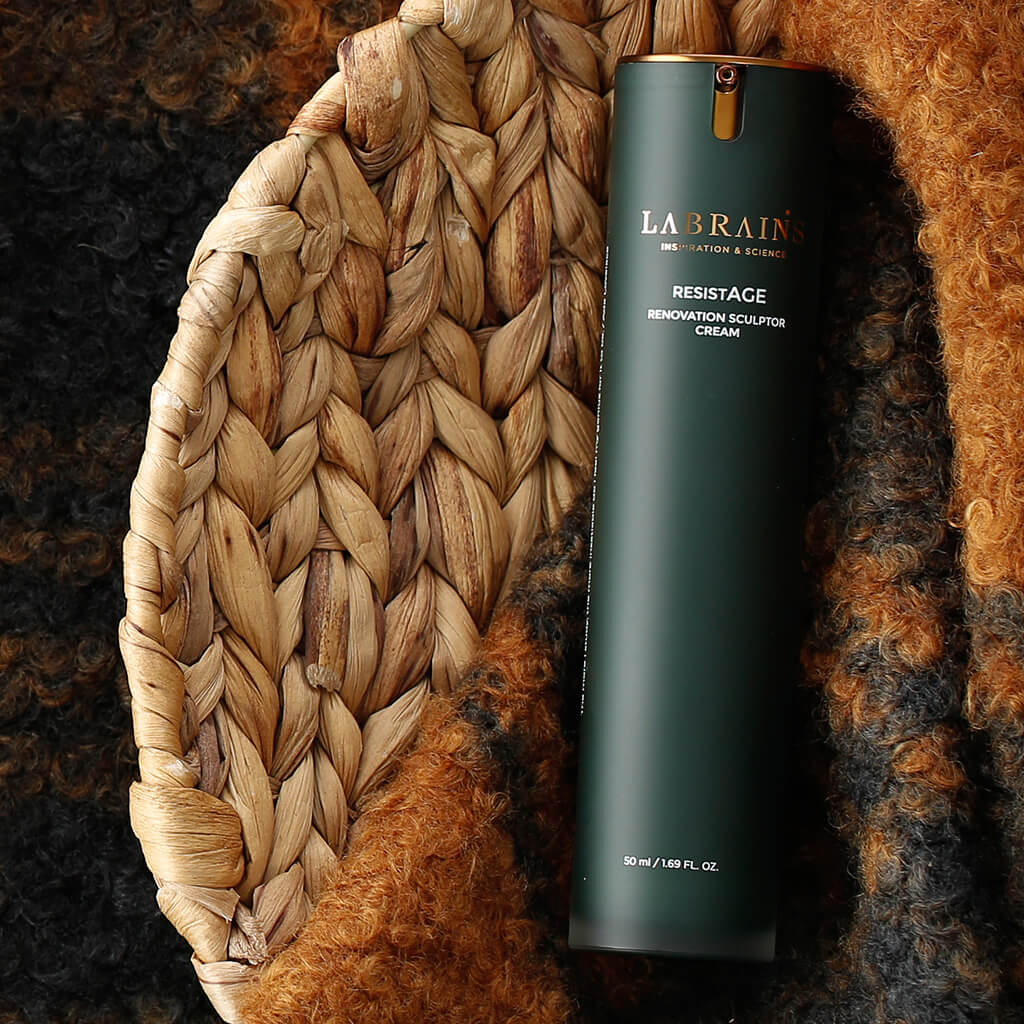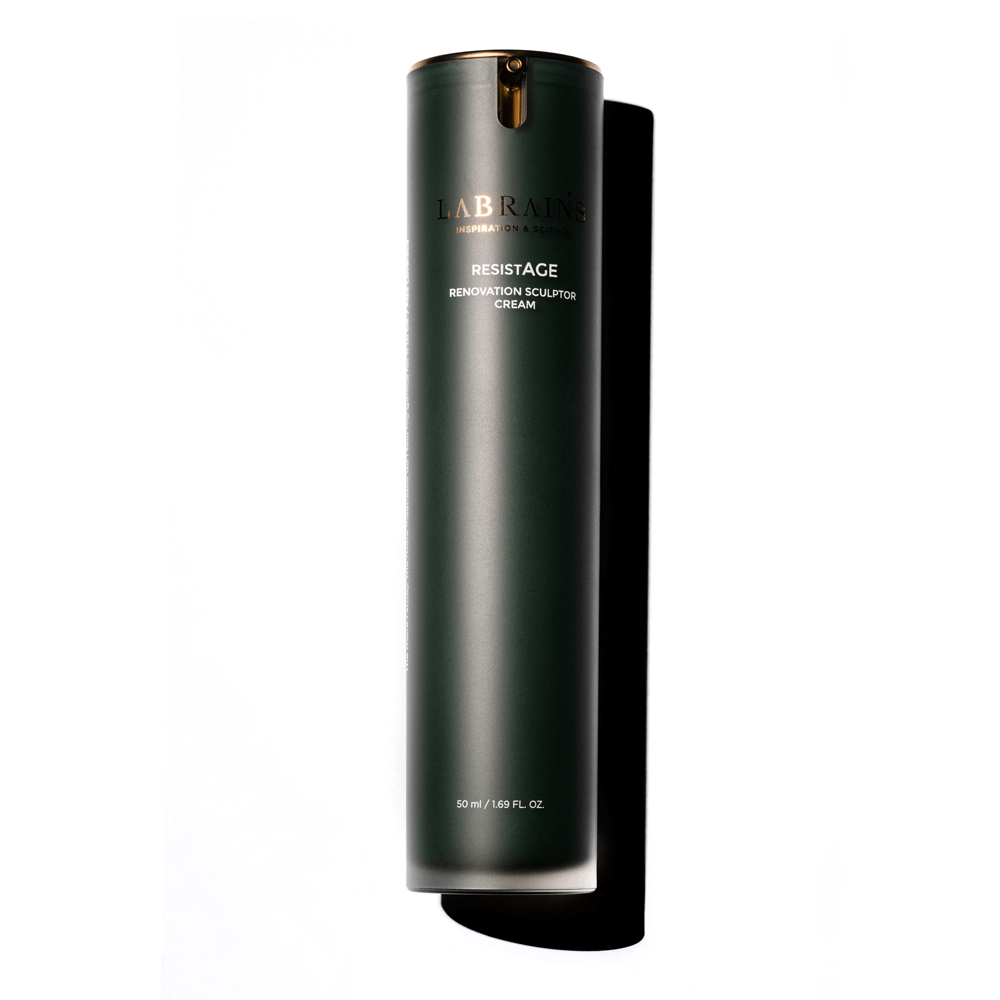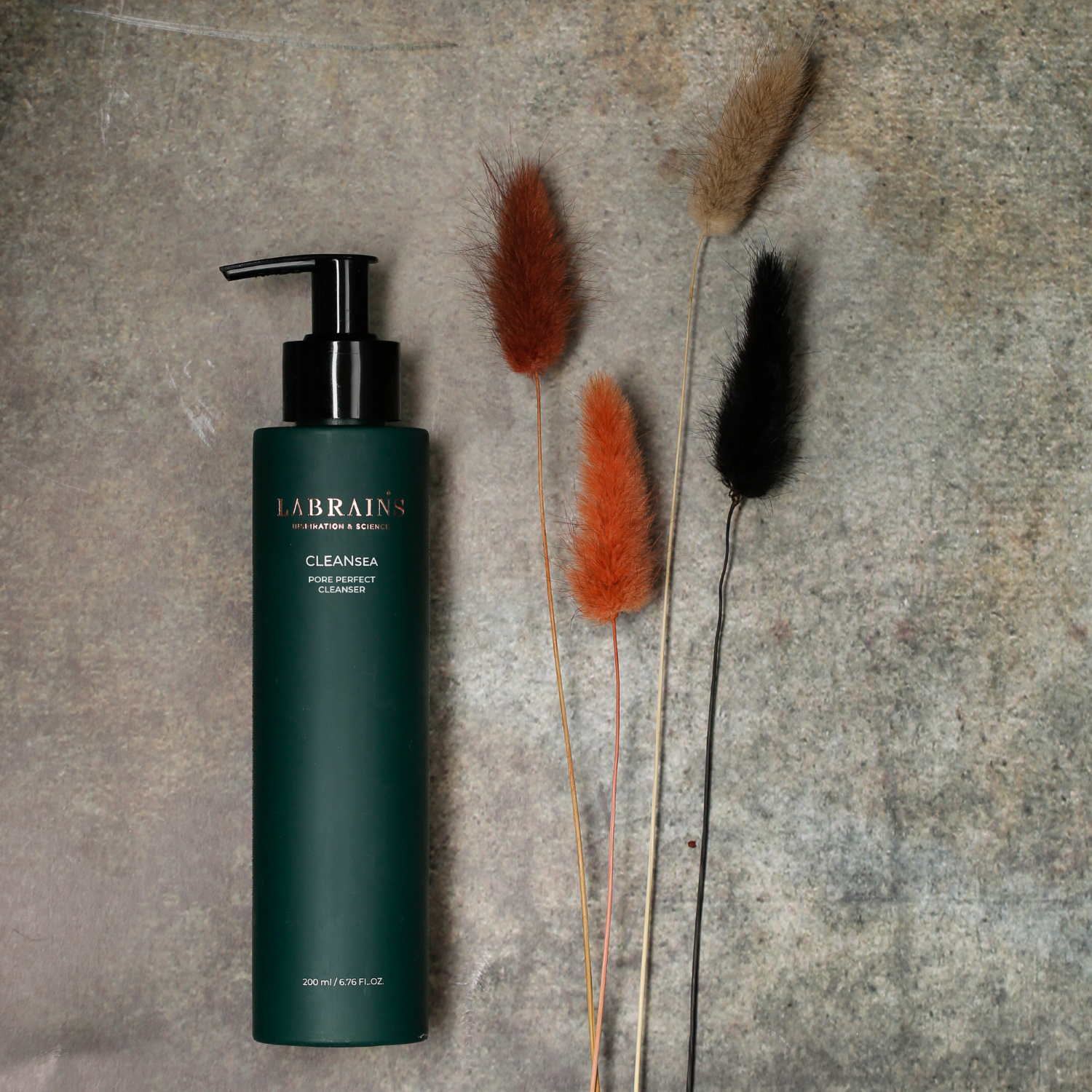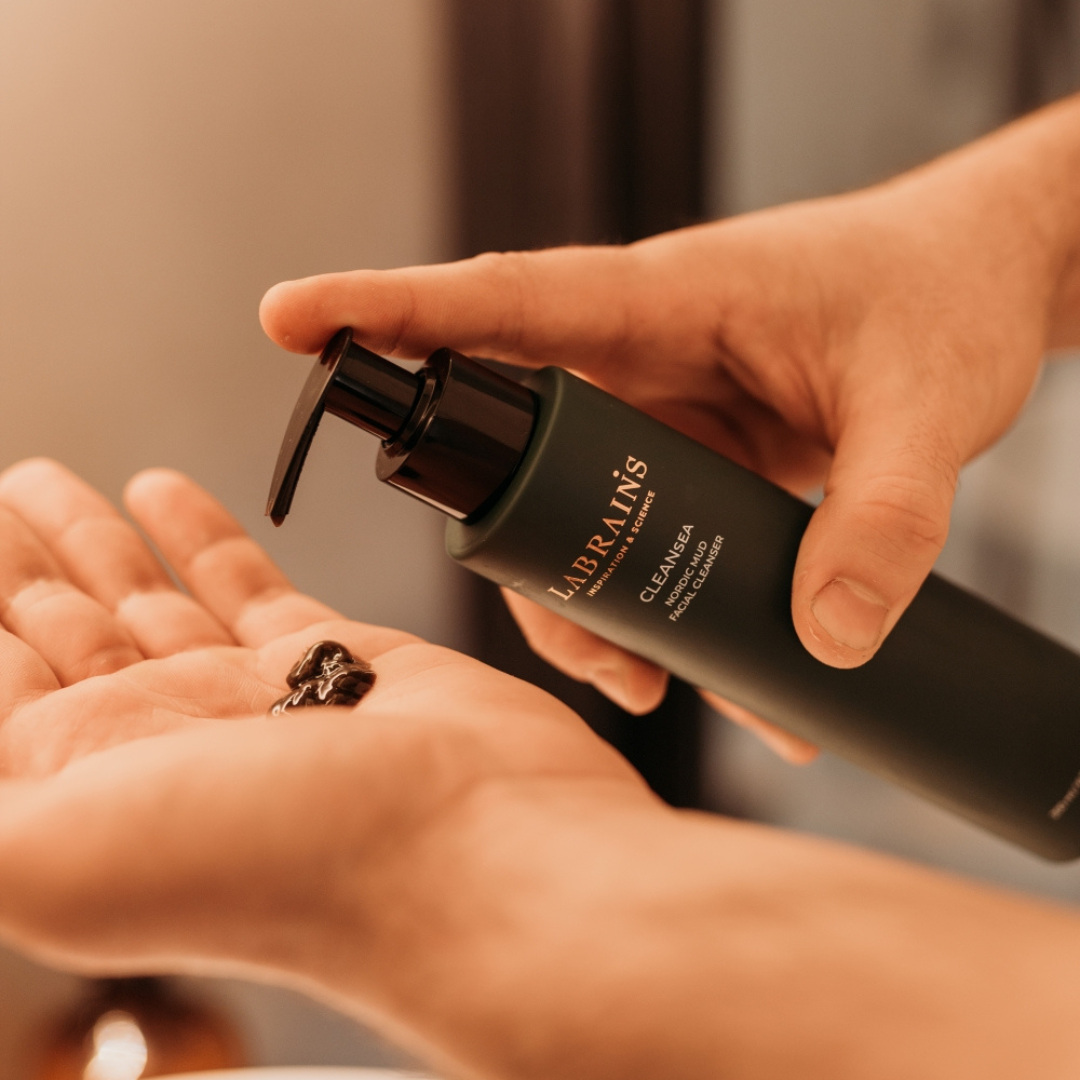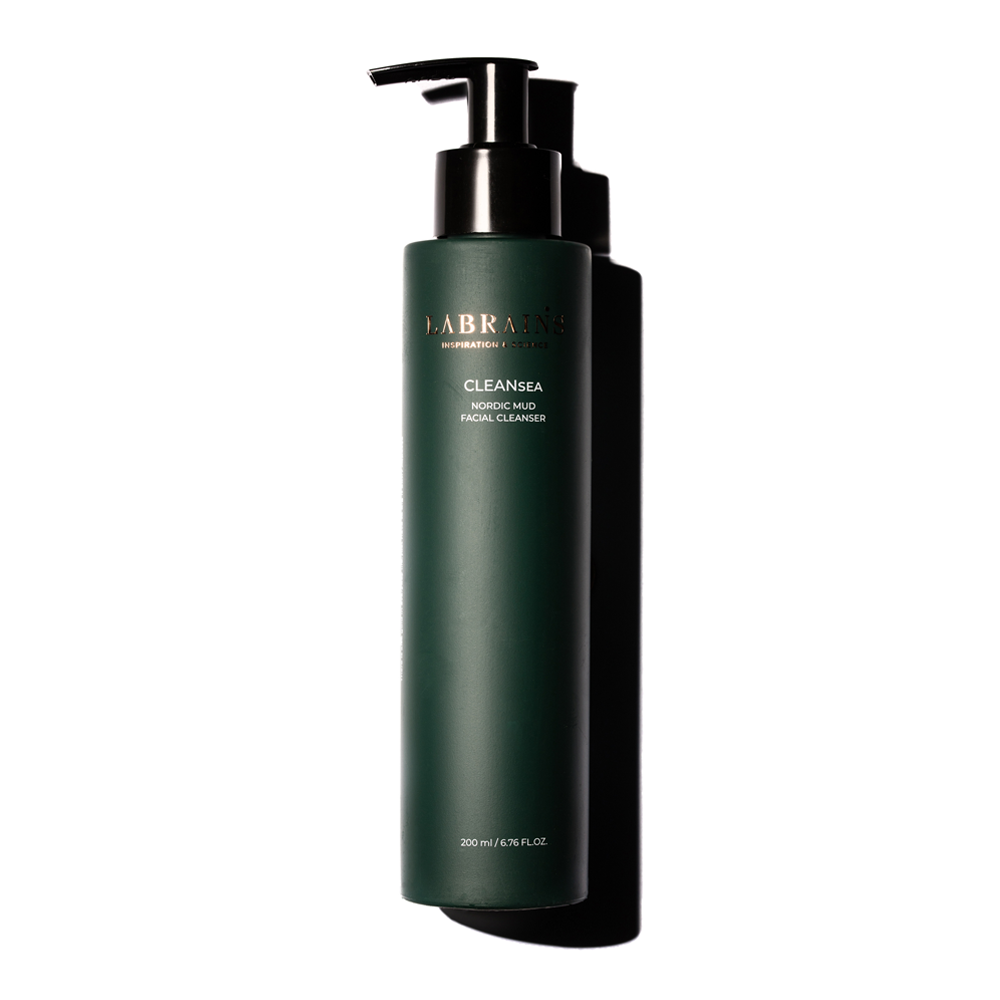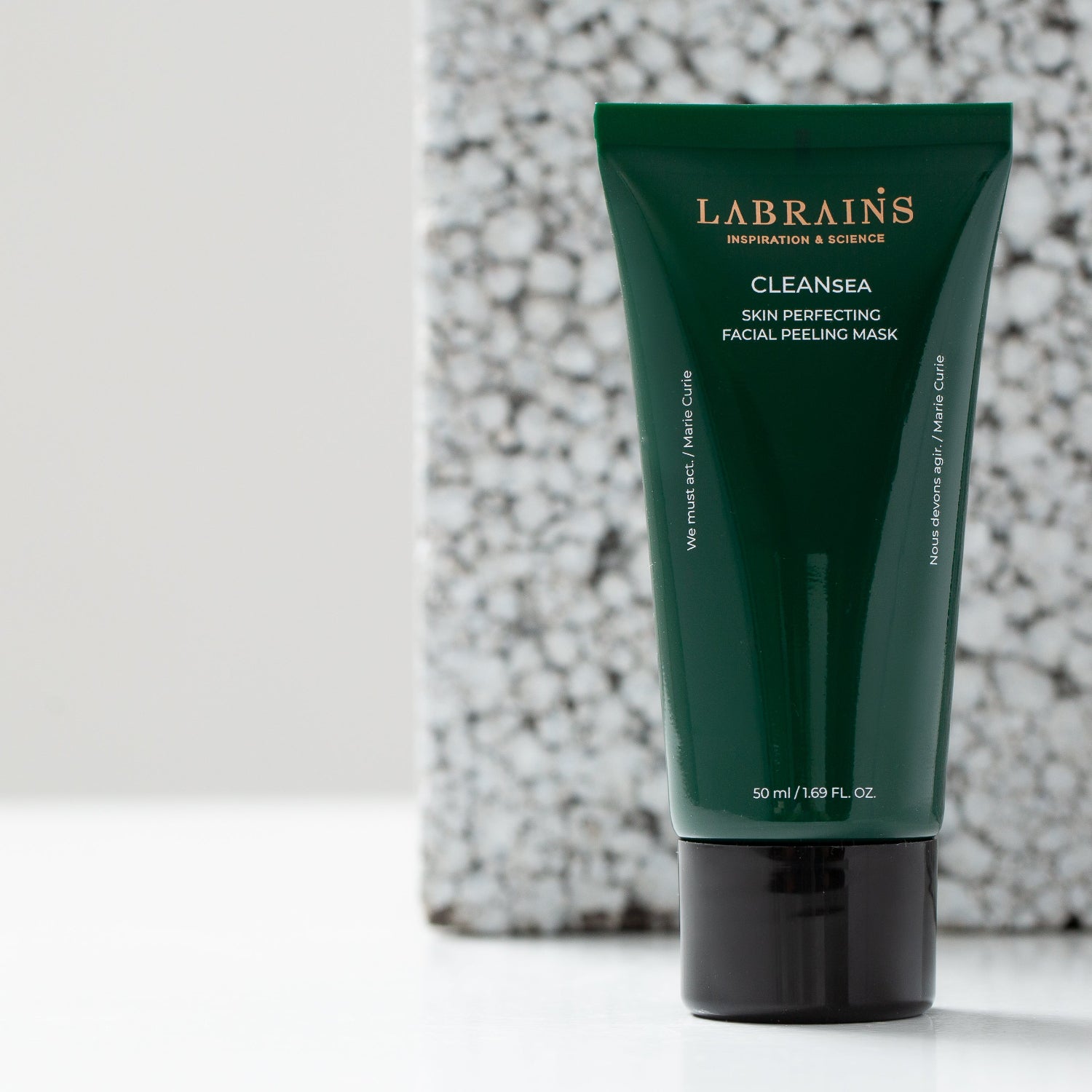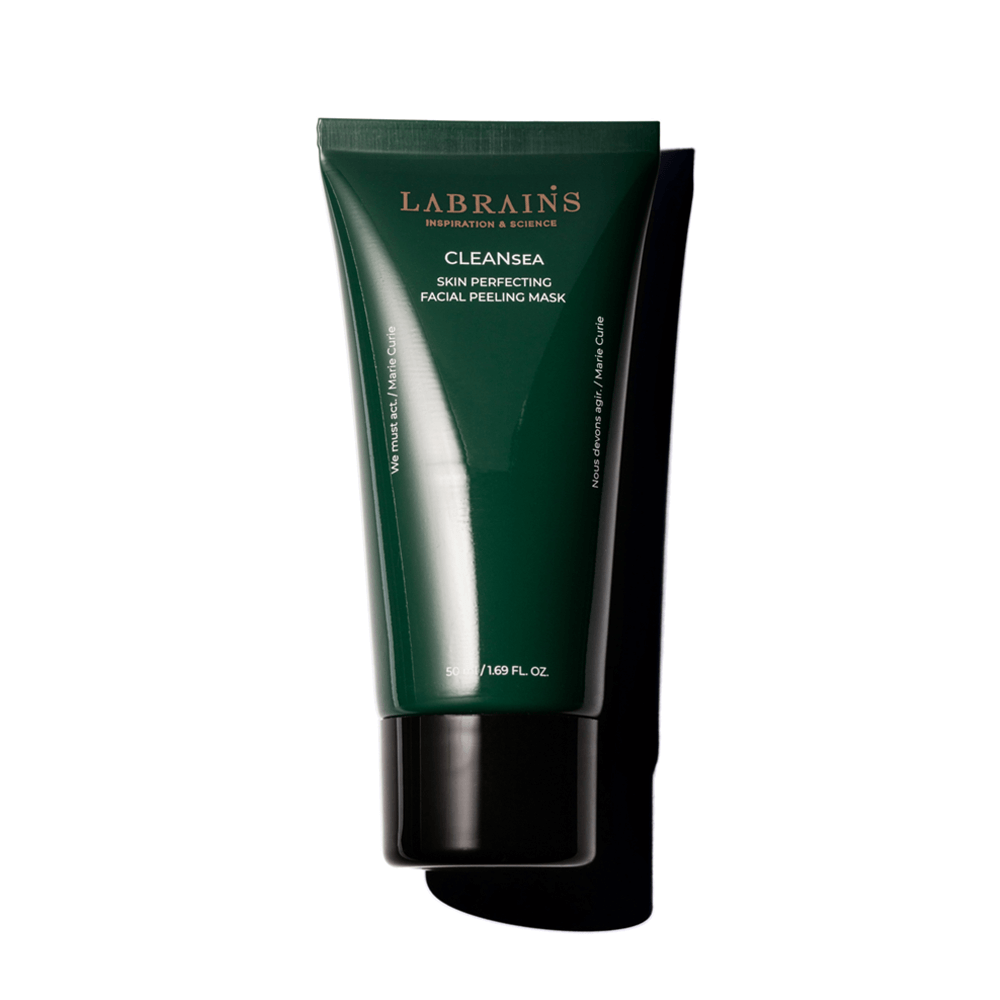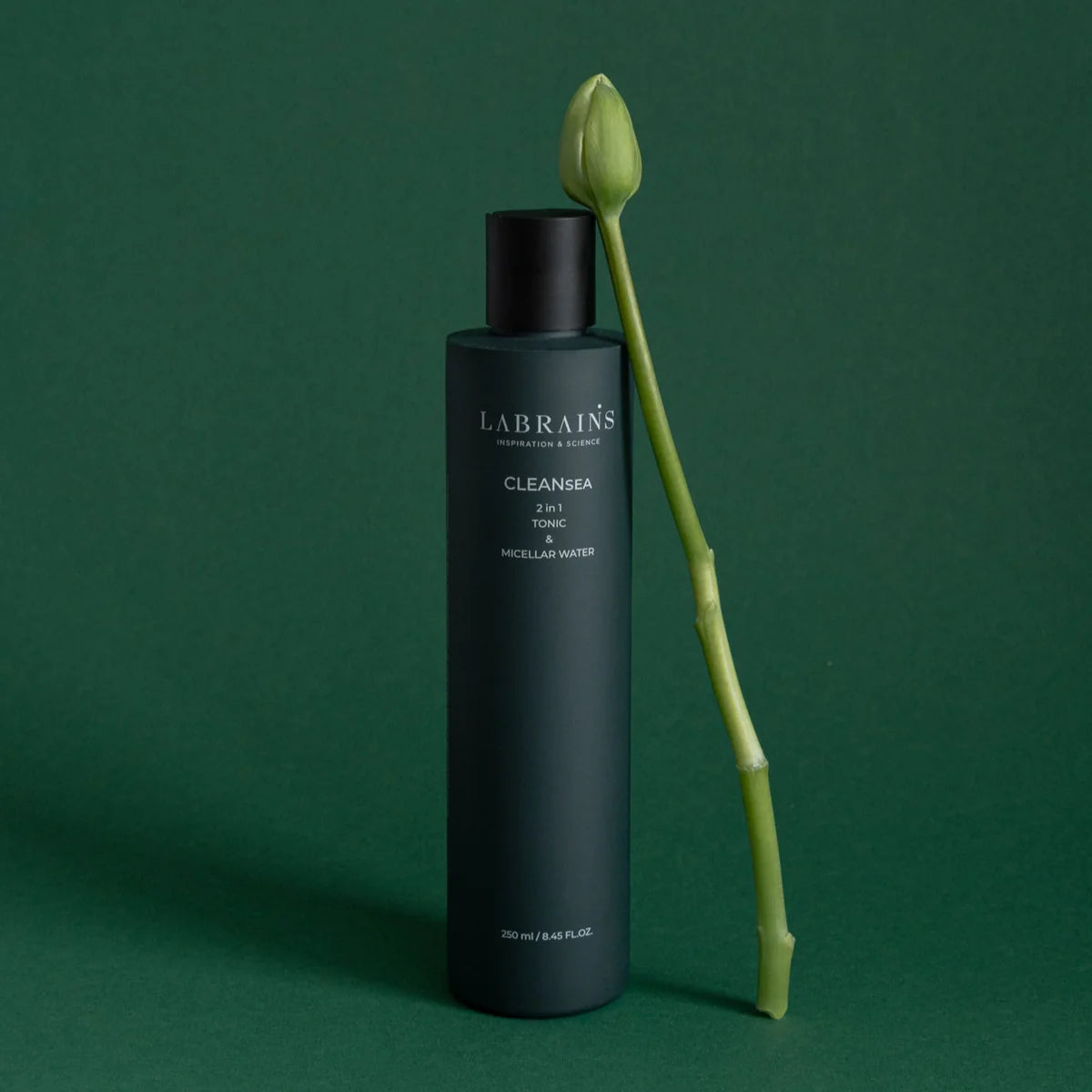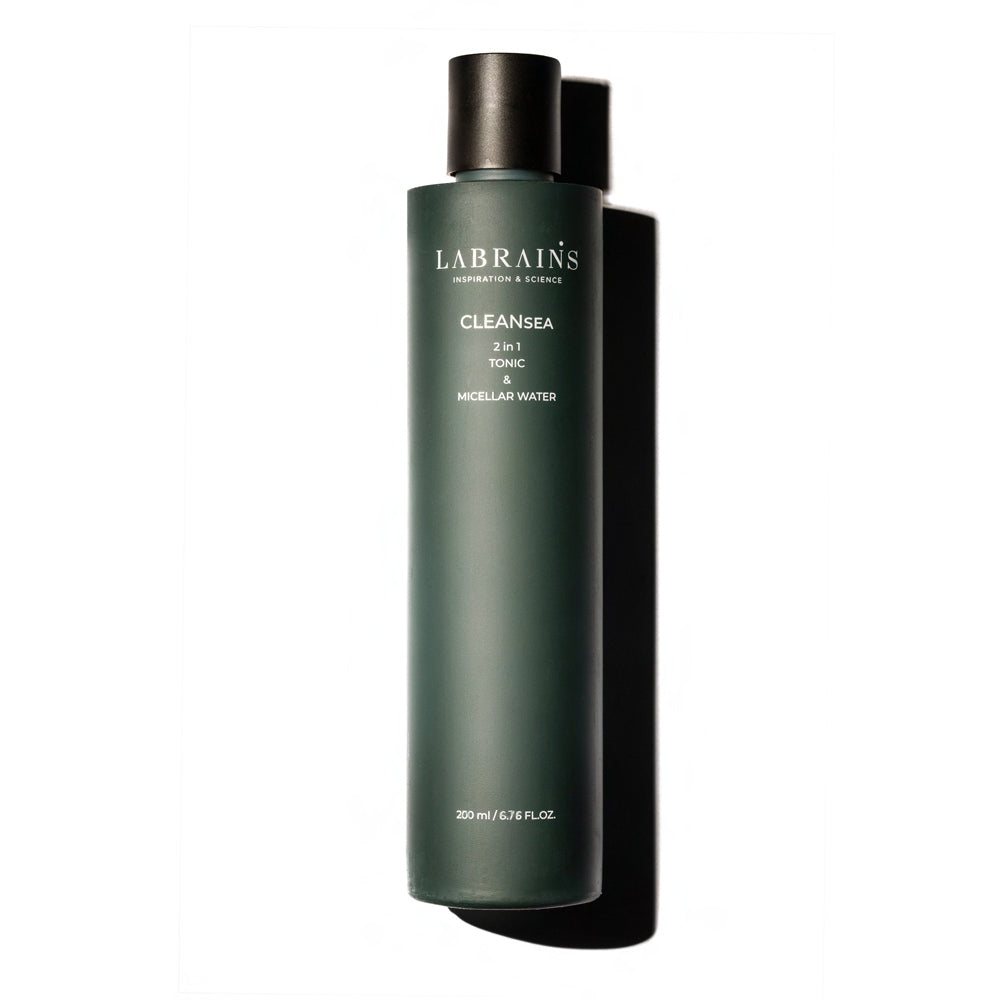Misunderstood Cosmetic Ingredients.
Understanding Acne. Pt 2.
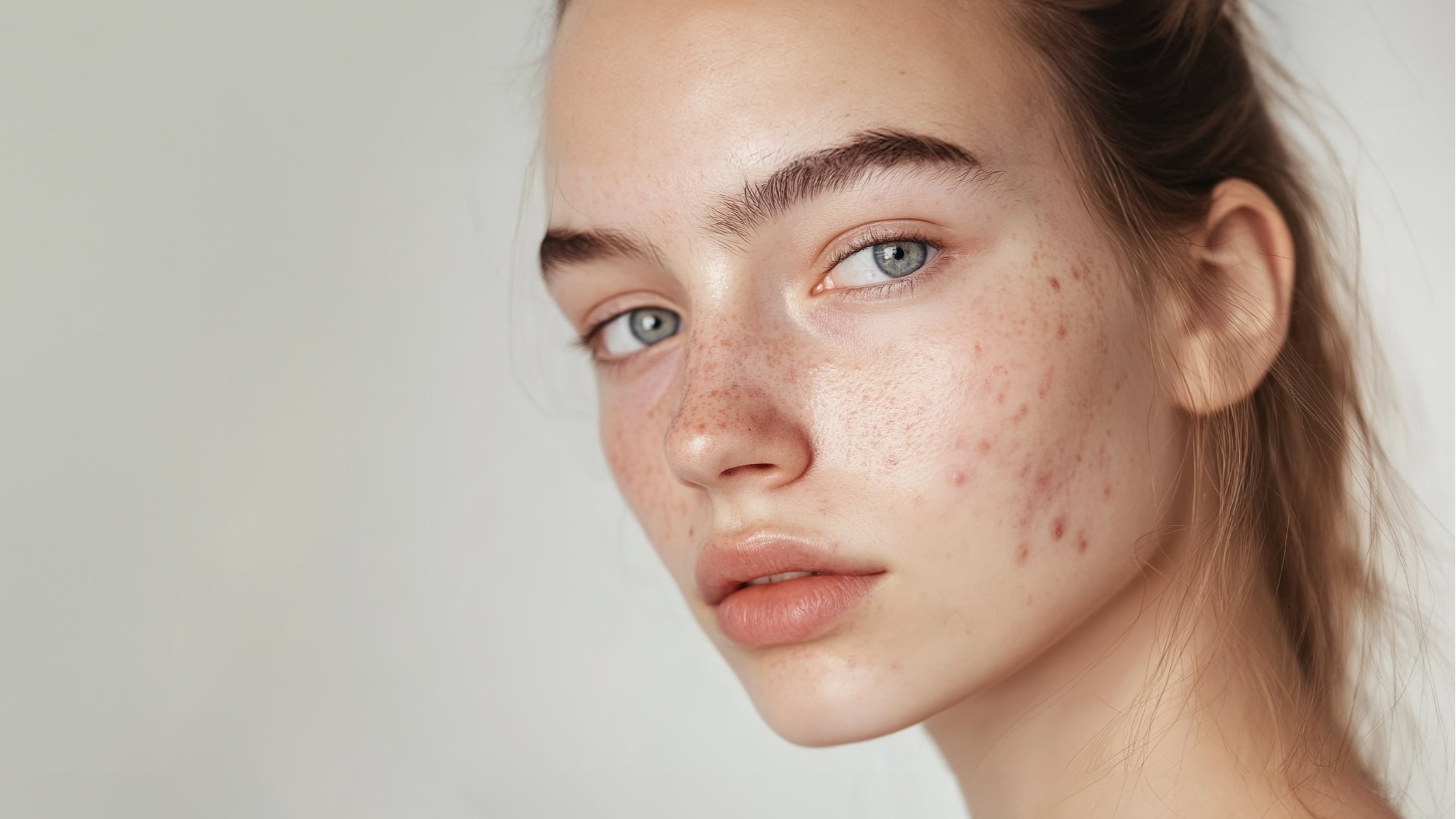
By Dr. oec. Liga Brunina | Biochemist, Clean Beauty Formulator, Founder of LABRAINS
Pharmacy ≠ Skincare.
Many still confuse pharmaceutical safety with cosmetic suitability, assuming that if an ingredient is approved for drug delivery, it must be safe for daily skincare. This misconception often harms sensitive or acne-prone skin.
The issue lies not in actives but in solvents and enhancers like propylene glycol, ethanol, PEGs, and acrylates—used in pharmacy to increase skin penetration up to 14,000 times. In daily cosmetics, however, they disrupt the lipid barrier, widen microtears, and damage the microbiome.
For acne-prone skin, this is especially dangerous. These ingredients can trigger inflammation, weaken immunity, and foster biofilms—protective layers of C. acnes bacteria that shield themselves within a self-produced matrix. These biofilms protect pathogenic bacteria from the skin’s natural defenses, as well as from cosmetic actives or even medical treatments like benzoyl peroxide, antibiotics making acne significantly harder to manage and more likely to become chronic. Over time, this leads to chronic acne, oil rebound, and even post-inflammatory hyperpigmentation.
Even sunscreen can be problematic when formulated with heavy occlusives and microplastics. Instead of “more is better,” sun protection should be breathable, balanced, and barrier-friendly to not clog your pores and improve your skin immune system.
Skincare should protect and strengthen—not overwhelm—the skin. Respecting the skin’s biology is key to truly solving acne and sensitivity.
Why Conventional Acne Treatments May Do More Harm Than Good
Many acne products promise “instant results” with benzoyl peroxide, high-dose acids, or alcohol-based toners. These can reduce surface symptoms fast—but at a price.
Studies show that aggressive ingredients can lead to:
- Microbiome disruption
- Skin barrier damage, scars
- Increased sensitivity
- And, long-term, even post-inflammatory hyperpigmentation (PIH)
What’s worse? The skin often rebounds—producing even more oil or inflammation.
Also occlusive silicones, comedogenic esters, or unbalanced emulsifiers can trap sebum and bacteria. Even some “natural” ingredients (like coconut oil) can be too comedogenic for acne-prone skin.

Please remember that skincare products containing PEGs, acrylates, or dimethicone often advertise ingredients like ceramides and nourishing oils. Although these additions may sound beneficial, not all combinations are skin-friendly — especially for acne-prone or sensitive skin.
Result: Instead of strengthening your skin, this combination can lead to barrier breakdown, biofilm formation, clogged pores, inflammation, and worsening of acne and sensitivity—especially with long-term use.
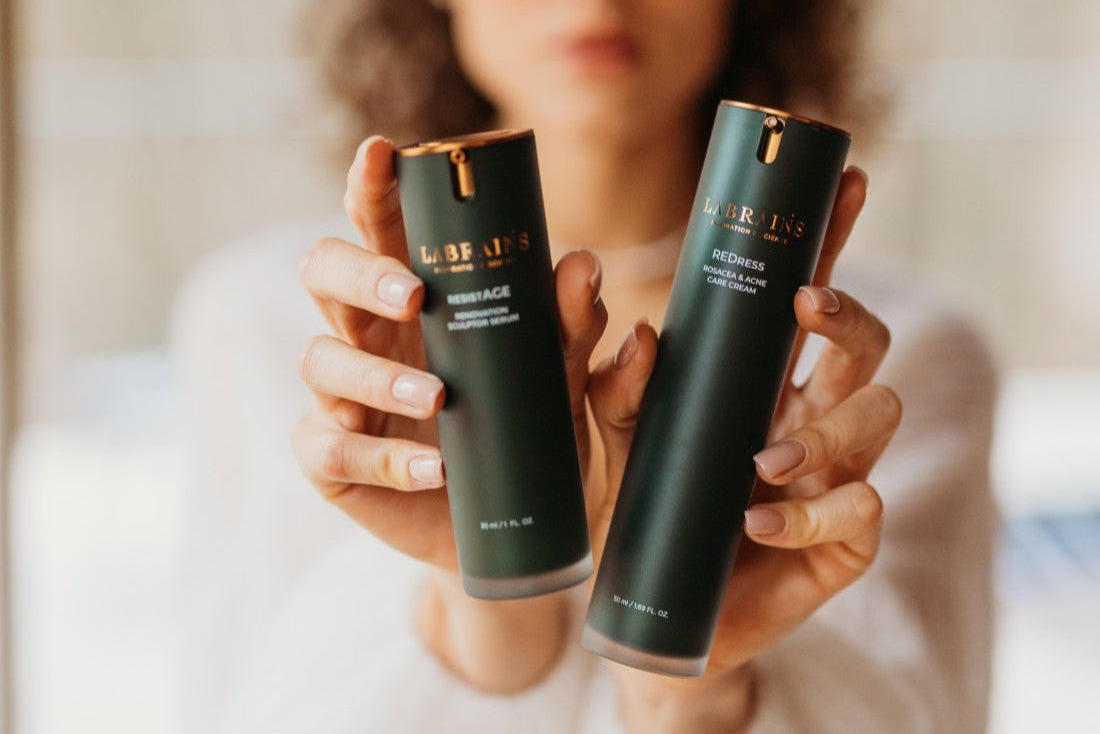
Choose products that:
- Use biomimetic ceramides in proper ratios or ceramide boosters,
- Contain non-comedogenic, breathable oils, and
- Avoid film-formers that act like microplastics on the skin.
LABRAINS avoids harsh synthetics and even natural but non-appropriate ingredients and uses biomimetic, microbiome-friendly ingredients to support real skin balance.
What Are Ceramide Boosters — and Why They Matter for Acne-Prone Skin?
Ceramides are essential lipids (fats) naturally found in your skin. They act like the "mortar" between your skin cells, holding everything together to form a strong, healthy barrier. When your skin has enough ceramides, it stays hydrated, resilient, and less reactive. If you have acne-prone skin, your barrier is often damaged or imbalanced—either from inflammation, harsh treatments, or genetic sensitivity. That’s where ceramide boosters come in.
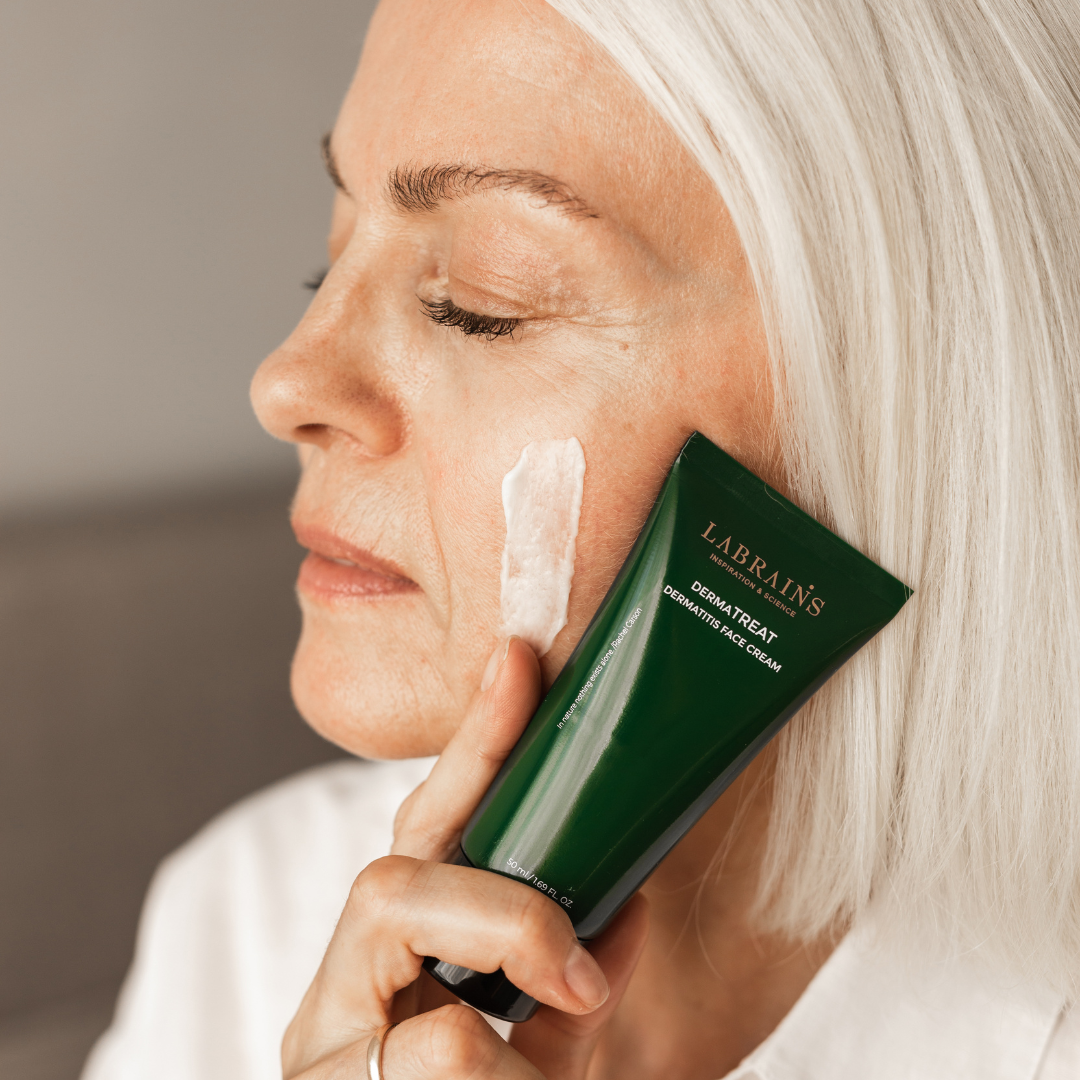
What Are Ceramide Boosters?
Ceramide boosters are ingredients that help your skin naturally produce more ceramides or improve how well existing ceramides function. These ingredients work from within, rather than just sitting on top of the skin.
Examples of Ceramide Boosters:
- Niacinamide (Vitamin B3): Strengthens skin, reduces oil, and helps build ceramides. (Included in ABC de Intense creme)
- Lactobacillus ferment: A postbiotic that supports both your microbiome and skin lipids. (Incorporated in almost all LABRAINS products)
- Omega fatty acids (like from simmondsia chinensis, sacha inchi, vaccinium macrocarpon seed oil): Promote ceramide-building enzymes. (Incorporated in all LABRAINS moisturisers)
- Palmitic acid, phytosphingosine, and cholesterol: Provide the building blocks for ceramides. (Try DermaTreat or YoungDali)
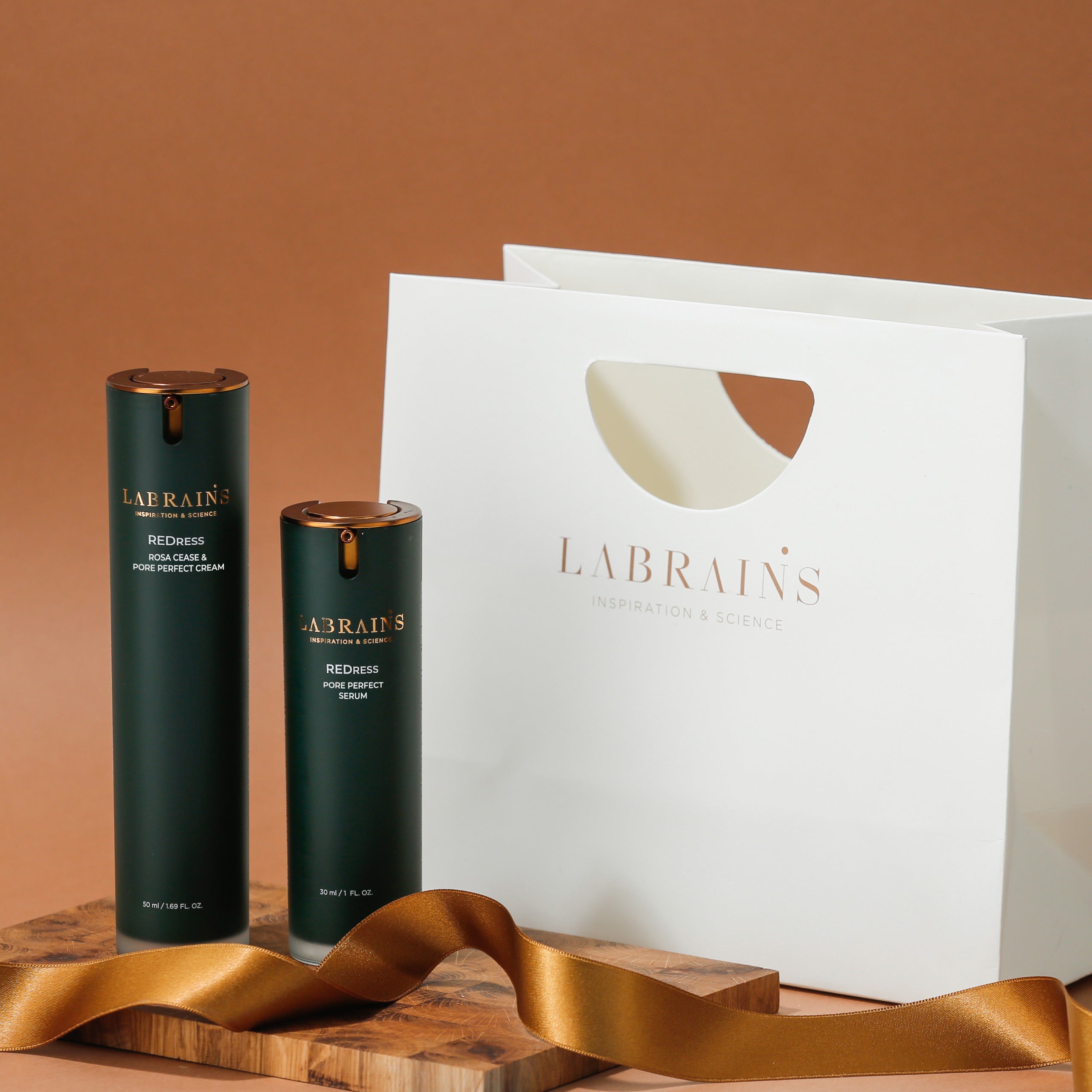
Why They Matter in Acne-Prone Skin
Acne involves not just oil but inflammation and a damaged skin barrier. When the barrier is weak, irritants and bacteria penetrate more easily, triggering more breakouts and dehydration. Boosting ceramide synthesis helps calm inflammation, speeds healing, improves tolerance to actives like salicylic acid, and prevents long-term damage such as pigmentation and scarring.
By using skincare that boosts ceramide synthesis, you help your skin to:
- Calm down inflammation
- Heal faster after breakouts
- Better tolerate active ingredients like salicylic acid or retinoids
- Prevent long-term damage like post-acne pigmentation or scarring
- To stay hydrated.
Good to Know
Using only ceramides isn’t enough. They need to be in balance with other skin lipids—cholesterol and fatty acids—and must come with barrier-friendly actives to truly repair and protect.
Biofilms, Ceramides, and Skin Barrier Repair in Acne Management
Acne is not just about surface oil and clogged pores. An imbalance in sebum composition, especially a drop in linoleic acid or rise in squalene peroxides, triggers hyperkeratinization and oxidative stress, initiating acne—even if oil production isn’t high.
In many persistent cases, Cutibacterium acnes (formerly Propionibacterium acnes) forms biofilms—structured bacterial colonies encased in a protective matrix. These biofilms make acne dramatically harder to treat, contributing to chronic inflammation and treatment resistance.

Why Biofilms Matter
Biofilms make C. acnes up to 1,000 times more resistant to conventional treatments such as benzoyl peroxide or topical antibiotics. Their extracellular matrix:
- Shields bacteria from penetration of active ingredients
- Suppresses metabolism, making bacteria harder to target
- Alters local pH and oxygen balance to favor persistence
So even when aggressive treatments are used, acne lesions can persist or worsen due to this invisible shield.
The Role of pH, Peeling, and Lipid Balance
A mildly acidic pH (~4.5–5.5) is essential for disrupting biofilms. LABRAINS Skin perfect Peeling Mask with AHA and Skin intense peeling mask with PHA are specially designed to:
- Destabilize biofilm structure, exposing bacteria to treatment
- Stimulate cell turnover, helping skin naturally shed biofilm-containing cells
- Restore optimal pH, supporting microbiome balance and skin renewal
Unlike harsh acid-based peels, the LABRAINS formula uses controlled natural acids and enzymatic activity—gentle enough for sensitive, acne-prone skin.
Why Ceramides and Skin Barrier Strengthening Are Critical
Biofilm-prone skin is also usually suffering from a weakened lipid barrier. This deficiency allows inflammation to flourish and skin to overreact to actives. Strengthening this barrier—especially by replenishing ceramides—helps to:
- Naturally shed biofilms through improved desquamation
- Reduce bacterial adhesion to healthy skin
- Calm inflammation and increase tolerance to exfoliants and treatment products
- To stay hydrated.
LABRAINS has observed that most acne skincare products are designed to deliver short-term results, often aiming to satisfy consumer expectations for instant effects rather than educate users or cultivate informed, mindful skincare choices.
Here’s what to watch out for in many acne skincare formulations:
- Microplastic-like occlusives (e.g., PEGs, acrylates, dimethicone): While they may improve texture and spreadability, these ingredients form non-breathable films that can trap unbalanced lipids, disrupt the microbiome, and interfere with the skin’s natural repair processes.
- Incomplete ceramide systems: Many products include only one or two ceramide types and lack ceramide boosters. In contrast, healthy skin requires a complex mix of ceramides to maintain a resilient barrier.
- Imbalanced oils: When oils or free fatty acids are used in incorrect ratios—especially under occlusion—they can overwhelm the skin and contribute to clogged pores and inflammation.
- Barrier-disrupting solvents and preservatives such as glycols and alcohols may compromise microbiome integrity and hydration, especially in sensitive or acne-prone skin.
In response, LABRAINS is actively expanding its skincare line. We are currently developing new moisturizers specifically for acne-prone skin, enriched with both ceramides and ceramide boosters. Our mission is to offer broader, smarter support for sensitive and acne-prone skin—helping more people restore balance, rebuild their skin barrier, and confidently prevent future breakouts. Coming soon, stay tuned!
Recommended LABRAINS Skincare Routine for Biofilm-Prone Acne:

1. Oil-to-Milk Cleanser
- Gently lifts oxidized sebum and softens biofilm debris
- Leaves protective lipids intact

2. Pore Perfect Cleanser (Natural Salicylates)
- Supports mild exfoliation and helps break biofilm adhesion
- Prepares pores for deeper cleansing and reduced congestion

3. Peeling Mask (1–2x per week)
- Provides an acidic environment to destabilize biofilms
- Speeds up turnover to detach biofilm-bound corneocytes

4. Micellar Water & Microbiome Tonic
- Resets skin pH
- Supports beneficial bacteria and enhances tolerance

5a. Pore Perfect Serum (For normal to oily skin)
- Rich in biomimetic actives to stimulate ceramide production
- Reduces inflammation and builds resilience

5b. Rosa Cease & Pore Perfect cream (For dry or sensitized skin)
- Provides ceramide support, balanced oils, and hydration
- Safe for acne-prone yet dry or barrier-damaged skin
You may also choose YoungDali Cream
Read moreConventional treatments may reduce symptoms—but at the cost of microbiome damage, barrier disruption, and resistance development. A biofilm-aware approach combined with acid pH support and lipid barrier rebuilding is more sustainable, skin-friendly, and scientifically supported.
LABRAINS offers a biomimetic, microbiome-respecting solution to long-term acne management—starting with the barrier, and ending with skin that defends itself naturally.
OUR BEST SKIN CARE PRODUCTS
for Acne prone skin
Read also Pt. 1 and Pt. 3
LABRAINS about acne

Oily Skin = Dehydrated Skin? Yes! Especially with Acne
READ "UNDERSTANDING ACNE. PT. 3"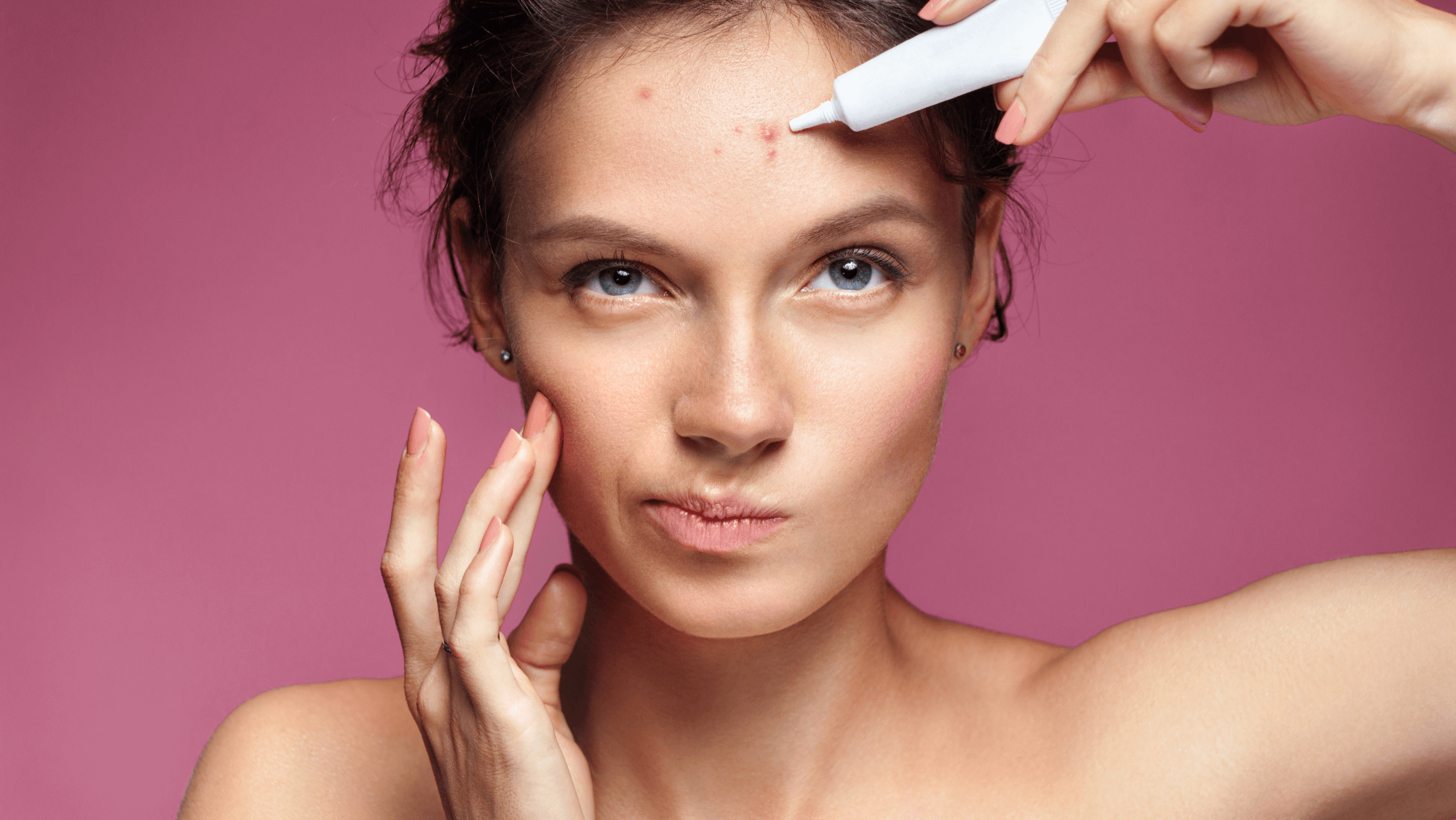
The Truth Behind Acne. What it is and where does it come from.
READ "UNDERSTANDING ACNE. PT. 1"

